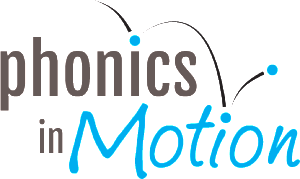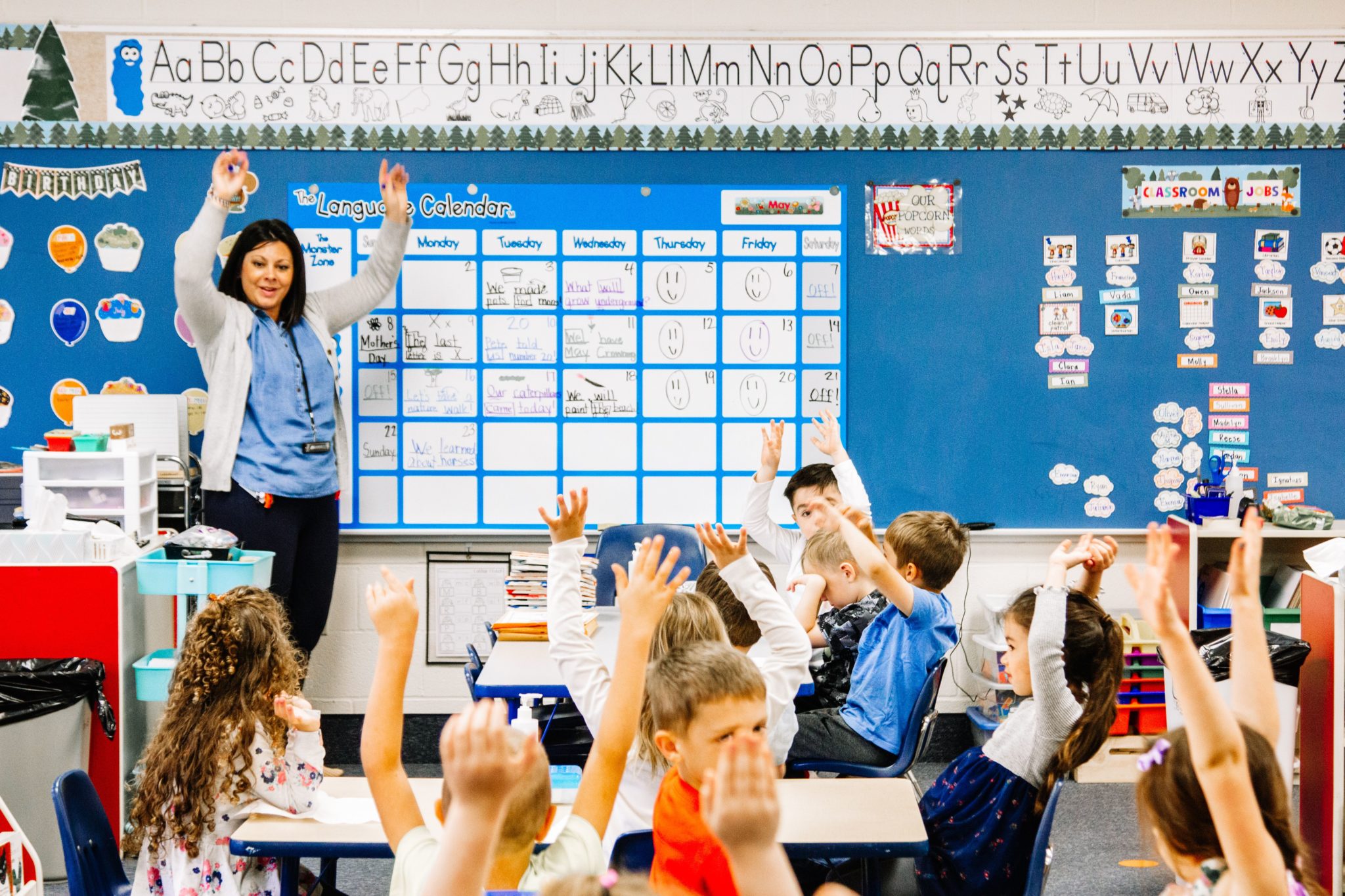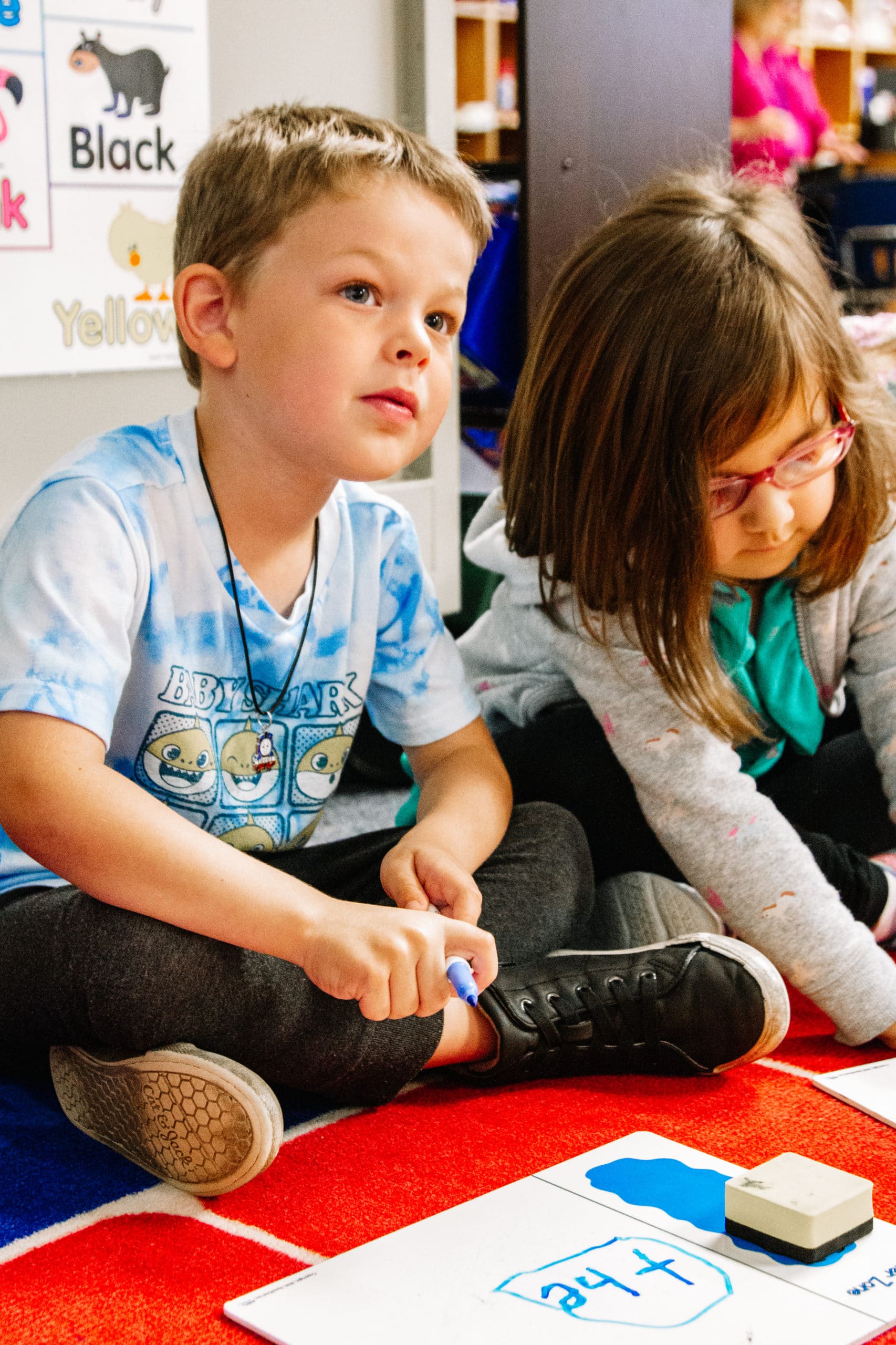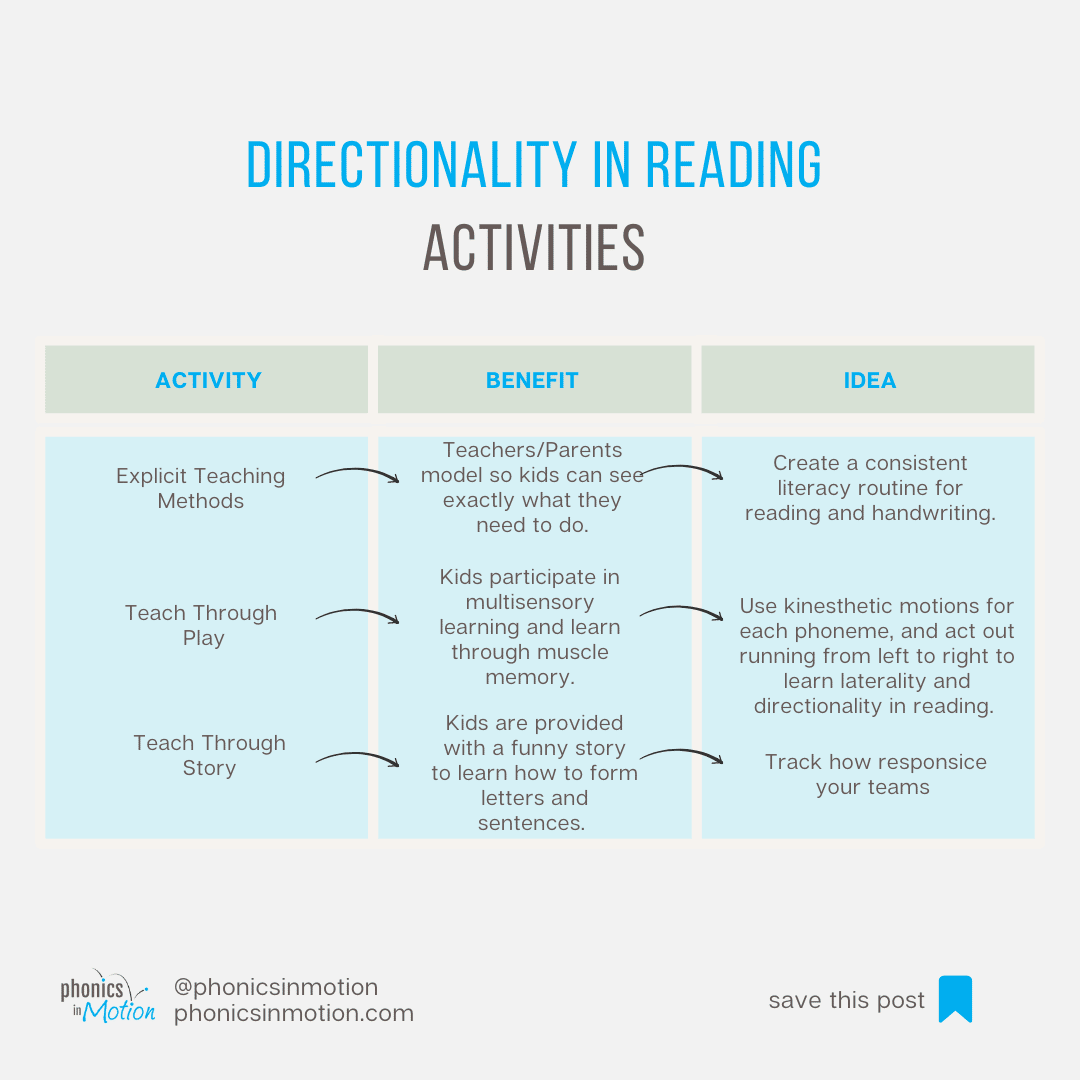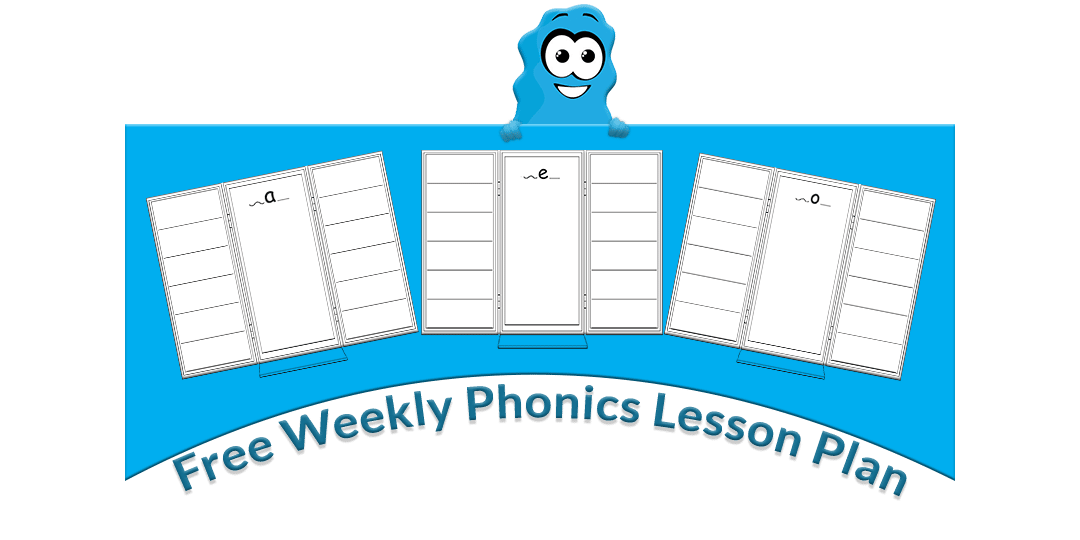What is Directionality in Reading?
When teaching kids how to read, one of the most basic skills they need to learn is directionality. It impacts all areas of early literacy learning and must be explicitly taught. Some students enter kindergarten with this skill, but many can take a while to catch on.
Directionality in reading refers to the ability to follow a line of text in a given direction, usually from left to right. This skill is important because it allows readers to efficiently go back and forth between lines and comprehend what they’ve read.
What are Laterality and Directionality?
Laterality and directionality are two key components of being able to read left-right on a page and fundamental skills for the development of reading comprehension and handwriting.
Laterality is a term for being aware of where things are in relation to one another, like your left and right sides and their functions. This ability is essential for developing hand-eye coordination and plays a role in reading as well.
Since we need to discriminate from left to right in order to understand directionality in reading, children must first establish a sense of laterality to achieve this ability.
Directionality in reading is the ability of a child to read text from top to bottom and left to right. This concept is very important for children learning to read and form letters correctly.
When children learn how to read, they need to know that the lines and words on a page are going in a specific direction. This helps them determine where each word begins and ends. In addition, it helps them figure out which letters belong together and which ones don’t.
Directionality in reading involves two things:
1) Recognizing the direction of text on a page (top-to-bottom)
2) Understanding that each letter has its own place within a word (left-to-right)
Why Visual Directionality Is Hard For Kids
Visual directionality is hard for kids because it is a brand new skill for them and it needs to be explicitly taught
When you’re reading, the words you see on the page are a reflection of what’s in your brain. When you read a sentence, your eyes move from left to right and then down. That’s because we read from left to right and top to bottom. Directionality in reading is so ingrained that it’s almost impossible for us to stop ourselves from processing it this way.
Language development is not always straightforward. Children often go through periods of difficulty understanding how to process written language, and during these times, they may need extra support. If your child has difficulty with directionality, it could be due to various reasons, including:
1) Their brains may not be fully developed yet. Kids still have many years before their brains develop into adults’. During this time, their brains are still developing the ability to understand what they see and how things work together in a logical way. Their brains also need repetition in order to learn core concepts, so they need more time and practice to gain skills like visual directionality.
2) They may not understand how language works yet or how letters relate to sounds in words or sentences that make sense together. Children don’t always realize that words have meaning or that they can be put together in different ways to make new meanings.
How To Teach Directionality In Reading
Directionality in reading can be tricky to explain to kids because it’s not something they’re used to thinking about.
Teach directionality in reading by using explicit teaching methods, teaching through play, and teaching through story.
Example 1. Explicit Teaching Methods
Explicit teaching methods are direct and explicit instructions that allow students to learn new skills and concepts more easily than other methods. Creating a consistent literacy routine can help kids learn directionality in reading through handwriting practice. Most children struggle with reversals when writing lowercase letters, so it is important that they have enough time to practice!
Example 2. Teach Through Play
One of the best ways to teach directionality in reading is through play. Playing with children helps them learn as they have fun and enjoy themselves, so they are more likely to remember what they’ve learned. You can do this by making up a game to practice skills like left/right, up/down, and forward/backward incorporated with literacy instruction. Kids naturally learn through play and quickly learn how to form letters and sentences when they think it is a game!
Example 3. Create A Story
Children learn very well through stories. It is much easier for them to remember instructions if they can relate them to an enjoyable, funny story. Using a handwriting story is a fun way to help kids remember how to create letters, teaching them the principles of directionality properly. Phonics in Motion has created fun, multisensory handwriting stories that are engaging for kids and teach directionality in reading using the Reading & Writing Monster
Here’s an example of one of our handwriting stories that teaches directionality:
Do I Need To Use Letter Directionality Worksheets?
No, you don’t need to use letter directionality worksheets.
The reason is simple: There are more effective ways to teach directionality in reading than worksheets. While they can be helpful in practice, they’re not a good way to learn. Kids often don’t process information well when they are bored or feel “forced” to do bookwork.
Due to the Reticular Activating System (RAS), kids’ brains filter information that they think is important at the moment. Worksheets are often at the bottom of the list compared with all of the sights and sounds around them.
By incorporating fun, multisensory learning activities, kids are much more likely to process and remember rules, making letter worksheets unnecessary.
Key Takeaway
Learning how to read and form letters is hard, but there are so many ways to make the process fun for kids!
Phonics in Motion honors the spirit of childhood, and we believe that kids learn best when they are playing, having a good time, and learning in a risk-free environment!
Our unique handwriting stories are specifically made to make sure kids learn directionality in reading right from the start, so they don’t need to re-learn exceptions later on! We lay the foundation for a love of learning in a way that is never boring but is backed by the Science of Reading!
Ready to get started with Phonics in Motion? Pick your program:
